
How to Respond to Negative Customer Feedback
Negative customer feedback can feel like a direct attack on your brand. But it’s best not to take them personally or ignore them. Why? Because 99.9% of consumers read reviews before buying anything online, and 96% of consumers specifically look for negative and bad reviews.
As you can imagine, a strongly worded response to negative feedback can leave a bad impression on almost every prospective customer.
You must respond helpfully and considerately to unhappy customers, even if you think their comments are uncalled for. This article discusses a few essential tips for responding to negative customer feedback or bad reviews.
Why should you respond to negative feedback?
Responding to negative feedback allows you to address these concerns, acknowledge the issue, and take steps to make changes to improve the situation.
A constructive and empathetic response also helps build trust, mitigate the damage done, and potentially turn a negative experience into a positive one.
Responding to negative feedback is important for effective communication and customer service, building stronger customer relationships, and strengthening your reputation in the long term.
- Customer Retention: An appropriately handled negative situation can turn a dissatisfied customer into a loyal one. By responding to negative feedback, you show customers that you value their opinions and are willing to improve based on their experiences. This can increase the likelihood of them giving your business another chance.
- Brand Reputation: In today's digital age, customers often share their experiences on social media and review websites. By addressing negative reviews publicly, you can demonstrate your business's commitment to customer satisfaction, improving your brand's reputation.
- Improve Products or Services: Negative feedback often highlights areas of your product or service that need improvement. By responding to and acting upon these critiques, you can continuously improve your offerings, leading to a better product or service and enhanced customer satisfaction.
- Learning Opportunity: Negative feedback is a learning opportunity for your business. It provides an unbiased viewpoint of your product or service, enabling you to see issues you may not have noticed.
- Building Trust: Openly accepting and addressing negative feedback builds trust. Customers appreciate transparency and taking responsibility, which strengthens their trust in your brand.
- Competitive Advantage: Businesses that efficiently manage negative feedback often stand out. It shows that they care about their customers beyond the initial point of sale, which can be a significant differentiator.
While receiving negative feedback can be challenging, it is a valuable tool for growth, development, and building stronger relationships with customers.
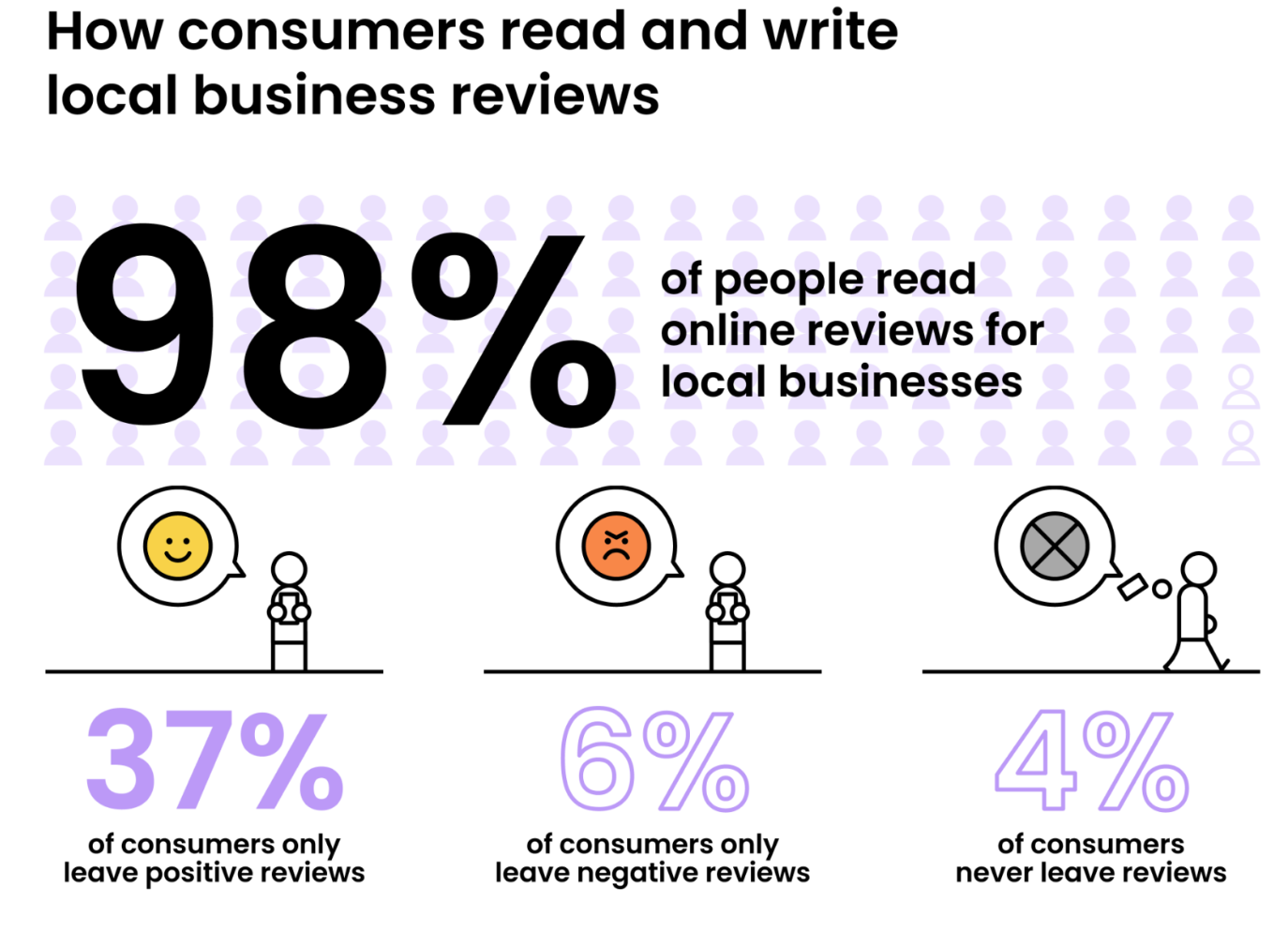
How not to respond to negative customer reviews?
Responding to bad customer feedback can be a delicate task. Here are some pitfalls to avoid:
- Ignoring Feedback: One of the worst things a business can do is ignore negative feedback. This sends a message to the customer that their opinion or experience doesn't matter, leading to increased dissatisfaction and potentially losing them forever.
- Responding Defensively: It's natural to want to defend your business, but responding to negative feedback can escalate the situation and portray your business in a bad light. It's crucial to listen to the customer's concerns, acknowledge the problem, and then work on a resolution.
- Attacking the Customer: Negative feedback may sometimes seem unjust or unreasonable, but responding with hostility or blaming the customer is disastrous. It will not only alienate the customer involved but could also deter potential customers who see the exchange.
- Making Excuses: Even if there were extenuating circumstances, excuses often don't sit well with customers. They want their problem to be acknowledged and resolved, not excused. Instead of explaining why the issue happened, focus on how you plan to fix it.
- Over-Promising and Under-Delivering: To appease the customer, you might be tempted to make promises your business cannot keep. Failure to deliver on those promises will only lead to disappointment. Always ensure you can fulfill whatever solution you propose.
- Not Learning from the Feedback: Negative feedback should be seen as an opportunity to improve. If you ignore the lessons that can be learned from negative feedback, you're likely to repeat the same mistakes in the future.
Empathy, understanding, and a commitment to resolution are vital in handling negative feedback. Remember, your goal should always be to turn a negative experience into a positive one for your customers.
Best Practices to Follow When Responding to Negative Customer Feedback
Negative reviews can make you sick to your stomach or make you furious. But don’t let emotions take over. Calibrate your response well by following the best practices explained below.
1. Acknowledge customer’s concerns
Aim to acknowledge negative reviews and feedback quickly. Thank the customer for providing feedback and letting them know their concerns are being taken seriously.
53% of customers expect a response to a negative review within seven days, while 33% expect a response within three days.
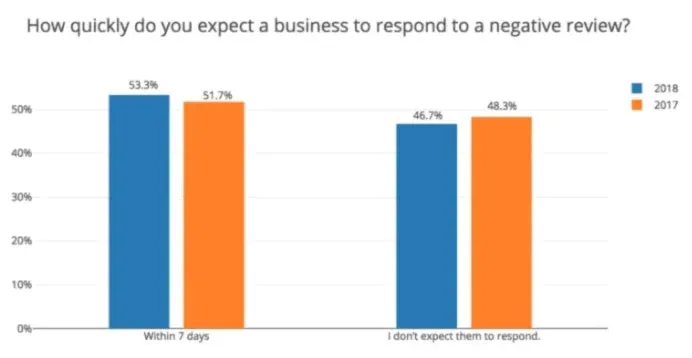
Acknowledging feedback late gives the impression that you don’t have time to respond to unhappy customers or don’t care. This encourages customers to switch to a competitor that is more responsive to feedback.
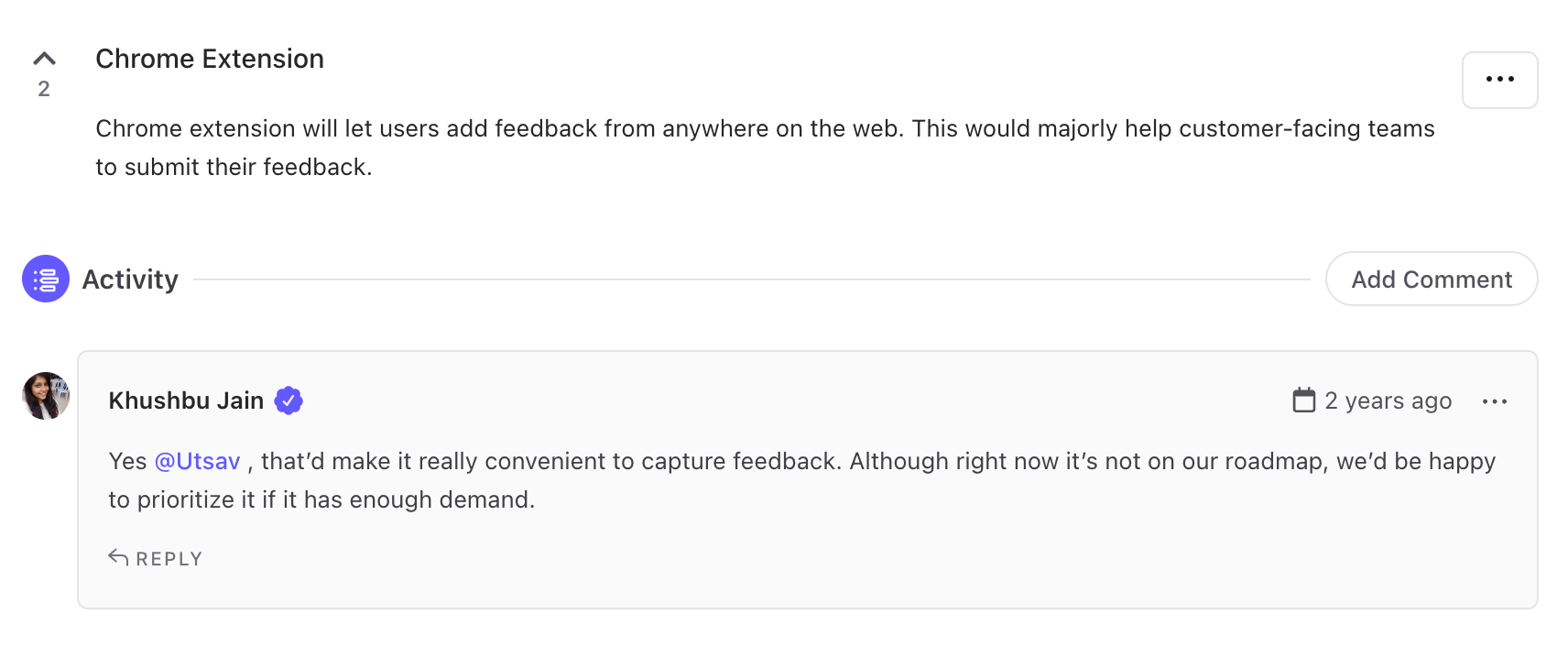
That’s why the best online brands respond in less than a day to positive and negative reviews. They make their customers heard and respond to their concerns without delay.
2. Apologize to the customer
Apologize immediately when you receive negative feedback, even if you think the customer is unreasonable. This makes a good impression and shows customers you’re taking feedback seriously. Of course, you must be genuinely apologetic for how your customer feels.
Acknowledge their problem and apologize once sincerely. Then, move on to helping the customer with the situation. Don’t over-apologize.
Here’s a great example from Slack on how to quickly apologize and move forward to the solution:
Even if the review is fake, you’ve done your part in being a professional brand that genuinely cares about its customers—another example of how you should respond to user-reported bugs and issues.
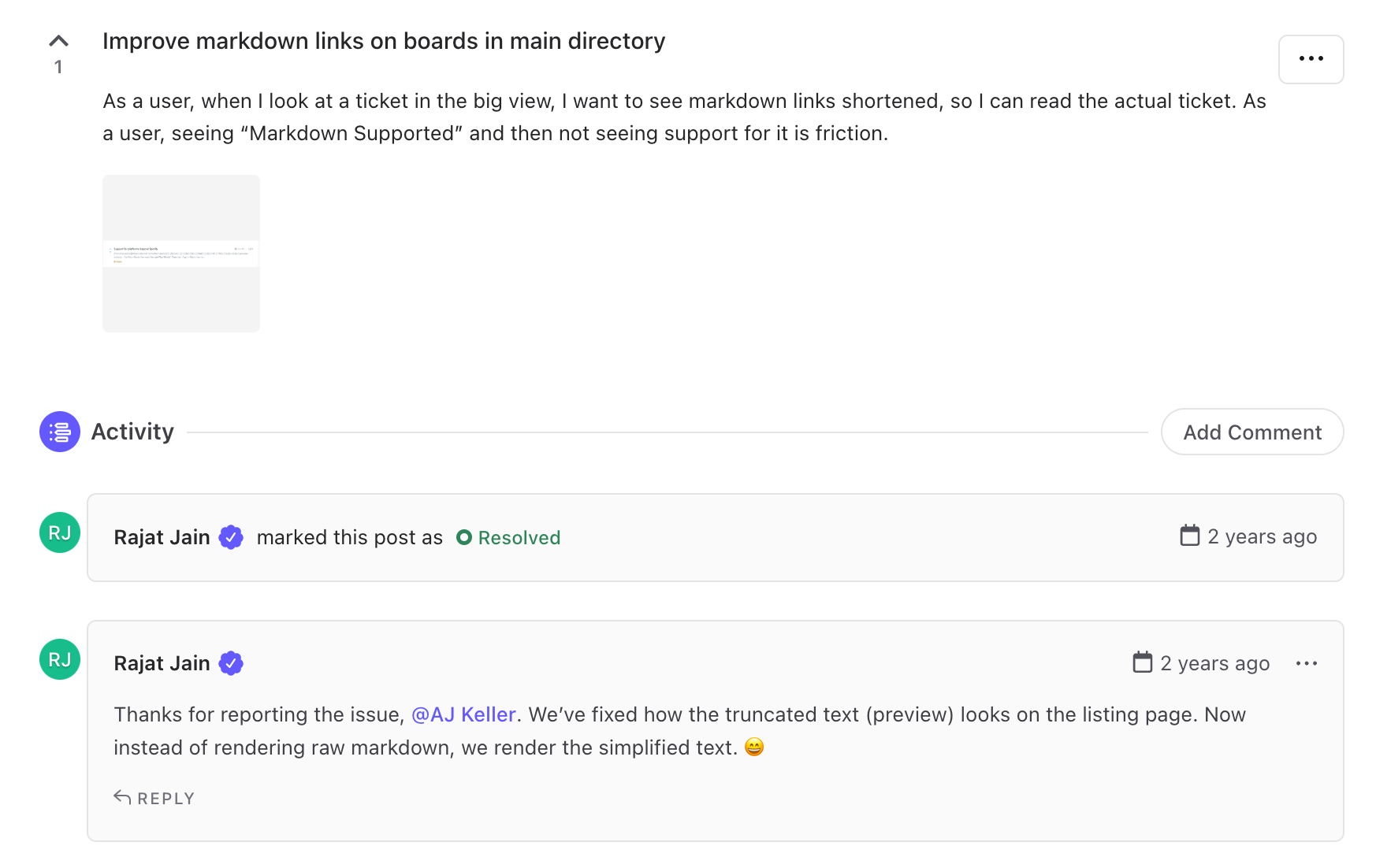
3. Listen actively and show empathy
Be sure to carefully read the review before responding — missing out on detail can make it look like you’re rushing through your response. Be sensitive about their feelings and get to the root of their feelings, even when the problem isn’t directly connected to the product.
56% of consumers changed their perspective of a company based on how they respond to reviews, according to Podia’s 2021 State of Reviews publication.
Empathy allows you to understand the feedback from the customer’s point of view. Let them know you understand their frustration. Just acknowledging their frustration can make them feel valued. Listening actively and showing empathy are great ways to drive product adoption with customer feedback.
Put yourself in the customer’s shoes. How would you feel if you were facing the same problem? Say, “I’ve been there and understand how you feel. Here’s what you can do….”
Suppose a customer reports a critical issue or requests a drastic change. In that case, you could collect feedback via multiple sources, including in-app widgets, feedback portals, forums, and bug-tracking tools, before making that change.
Here’s how Defi Kingdoms uses Rapidr to collect feedback, encourage customer engagement, and simplify the follow-up process. It allows them to interact with customers through comments and discussions, making it easy to understand, follow up, and show empathy to customers.
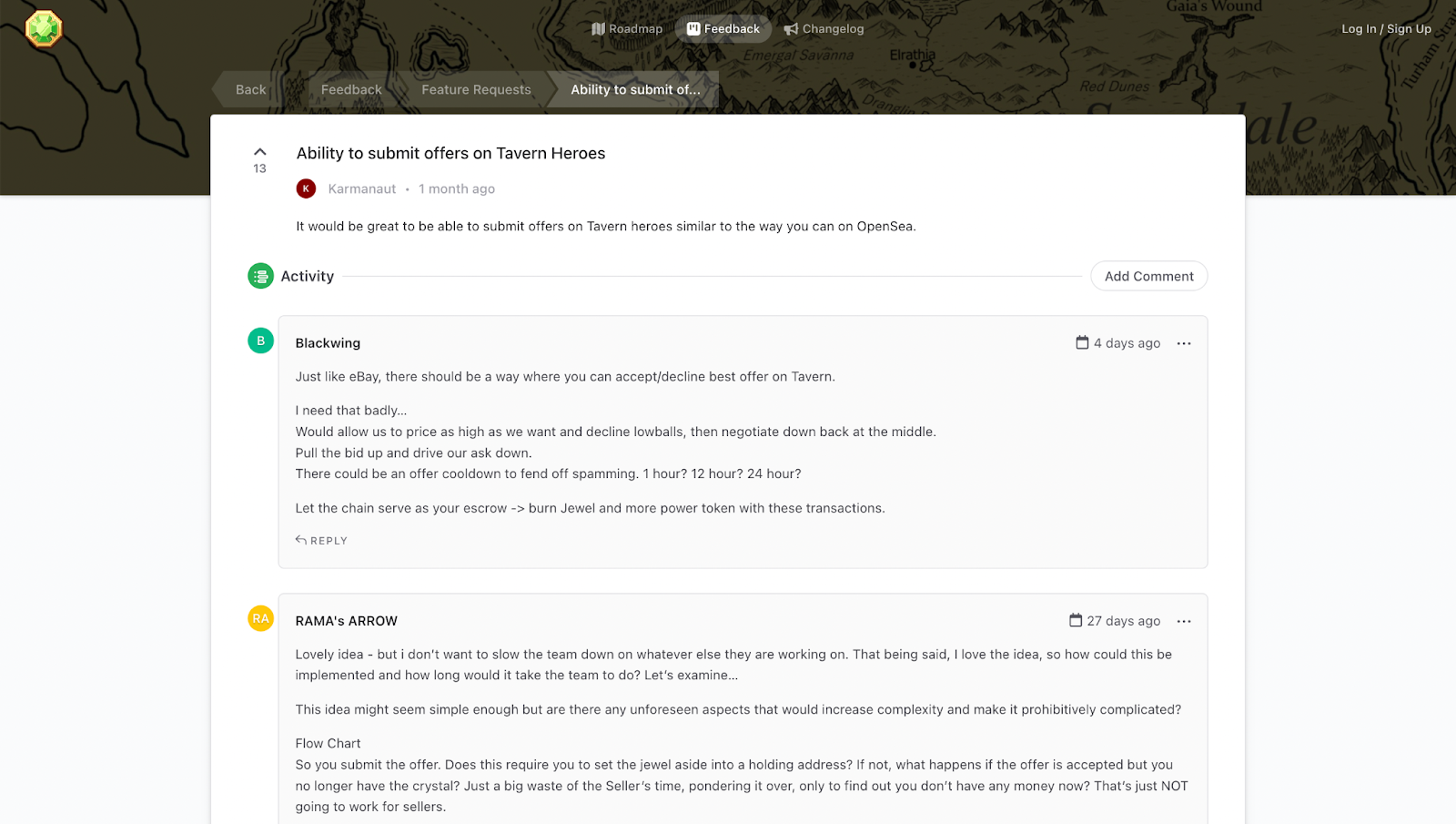
4. Keep your tone humble and professional
Negative feedback can result from poor customer experience or lack of knowledge.
For example, some customers might leave a bad review after having trouble performing a simple task. Even though performing that task is easy for most, you must patiently and humbly explain the process.
Users might often vent their frustration with an angry or rude review. Even when an angry customer is wrong, you need to respond professionally.
Lashing out at customers can blemish your reputation and is one of the major customer feedback mistakes companies make while being professional ensures you’ll try your best to resolve their problems.
Here’s a great example of GoDaddy responding to a harsh review humbly and professionally:
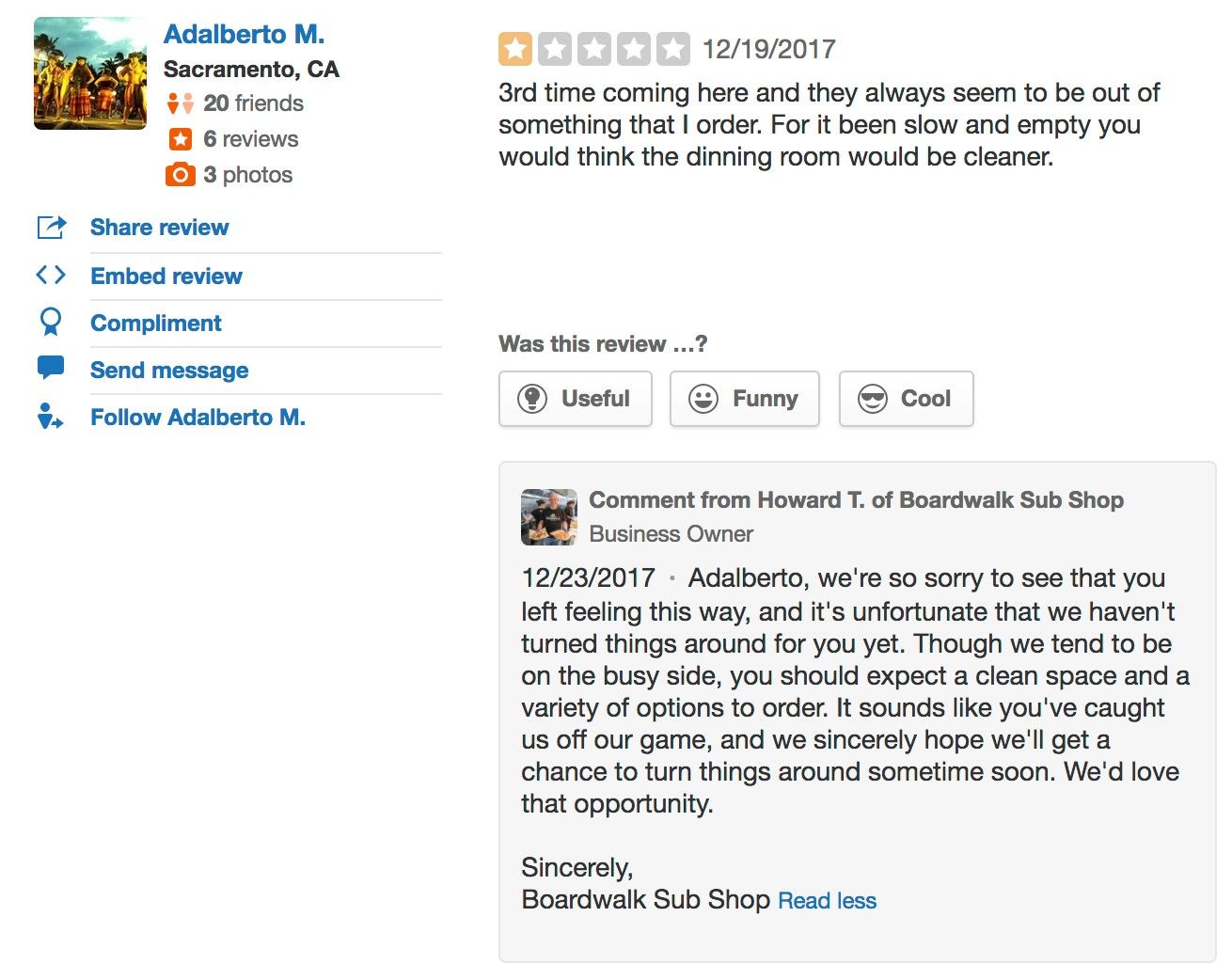
5. Take full responsibility
Explaining why you think the customer is wrong online is a terrible way to deal with negative customer feedback. You’ll deter other customers from sharing feedback online.
Instead of giving you valuable insights about your product, they’ll quickly switch to a competitor’s product without telling you why they switched.
According to Findstack, 94% of customers say they’ve avoided a business due to negative reviews, and the risk of increasing customer churn is 15% when you don’t respond to negative feedback.
Instead of explaining yourself, take full responsibility for the problem. Use the feedback to learn and improve your product development process.
For example, RingCentral sets a great example here by taking responsibility and apologizing for the delayed response from support instead of explaining how their support desk is experiencing high traffic.
Create a calibrated action plan to resolve it. Understand the root cause, identify a fix, and let your team know about the solution to ensure everyone’s on the same page.
5. Take action and offer solutions.
Once you’ve responded to the customer, try to resolve their issue. Gather additional information and determine the root cause of the issue.
In some cases, you might be able to resolve the issue from the backend. Other times, you might have to walk the customer through one or more solutions.
If needed, request their contact details — email and phone — so you can provide instructions.
Take steps to ensure the problem doesn’t recur in the future. This improves customer satisfaction metrics and helps you minimize negative feedback over time.
If you can’t resolve the problem immediately, acknowledge the feedback, take responsibility, and commit to resolving the issue. Using a feedback tool like Rapidr allows you to create a public product roadmap. Showcasing progress with a product roadmap will also help provide more visibility on the prioritization process to keep all stakeholders in the loop.
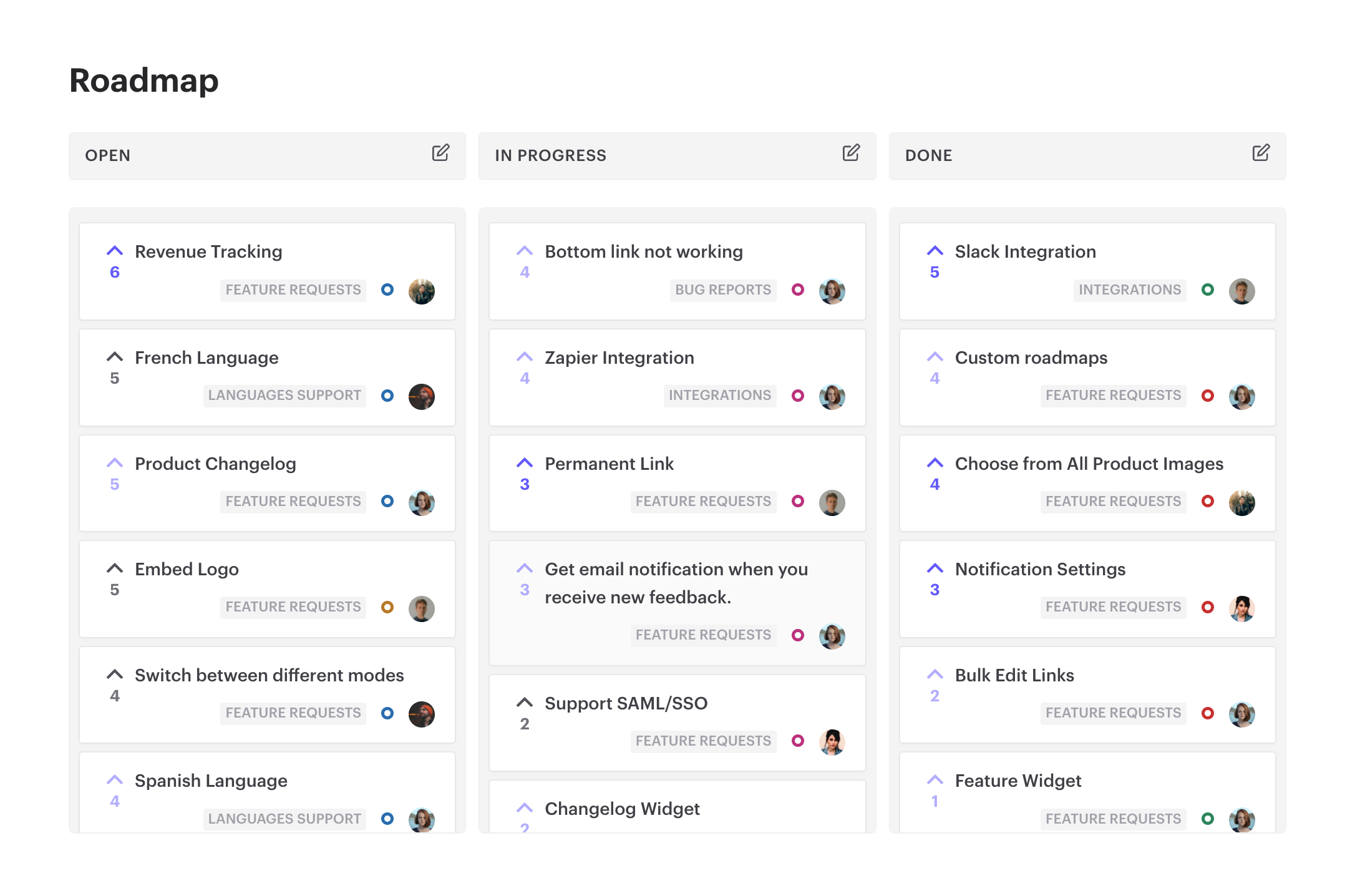
Once the issue is resolved, take action to ensure the problem doesn’t recur in the future.
7. Follow up and update the customers
As you’re working on solving the problem, keep customers updated. Let them know how far along you are in resolving the issue.
Notify the customer that you’ve resolved the issue. Have them verify that the problem has been resolved on their end.
The customer might request further changes. Work with them until the issue is fully resolved to their satisfaction to close the negative feedback loop.
In some cases, the customer’s feedback might require some follow-up. Don’t hesitate to request more information so you can understand the problem and improve your product.
For example, Todoist sets a great example of how brands should dig deeper into a customer’s feedback to identify room for improvement:
When the customer confirms the issue is resolved, respond to their review, thanking them for pointing out the problem. Consider announcing resolved bugs and product updates to close the feedback loop. You can use Rapidr’s product release notes to keep your customers informed and engaged.
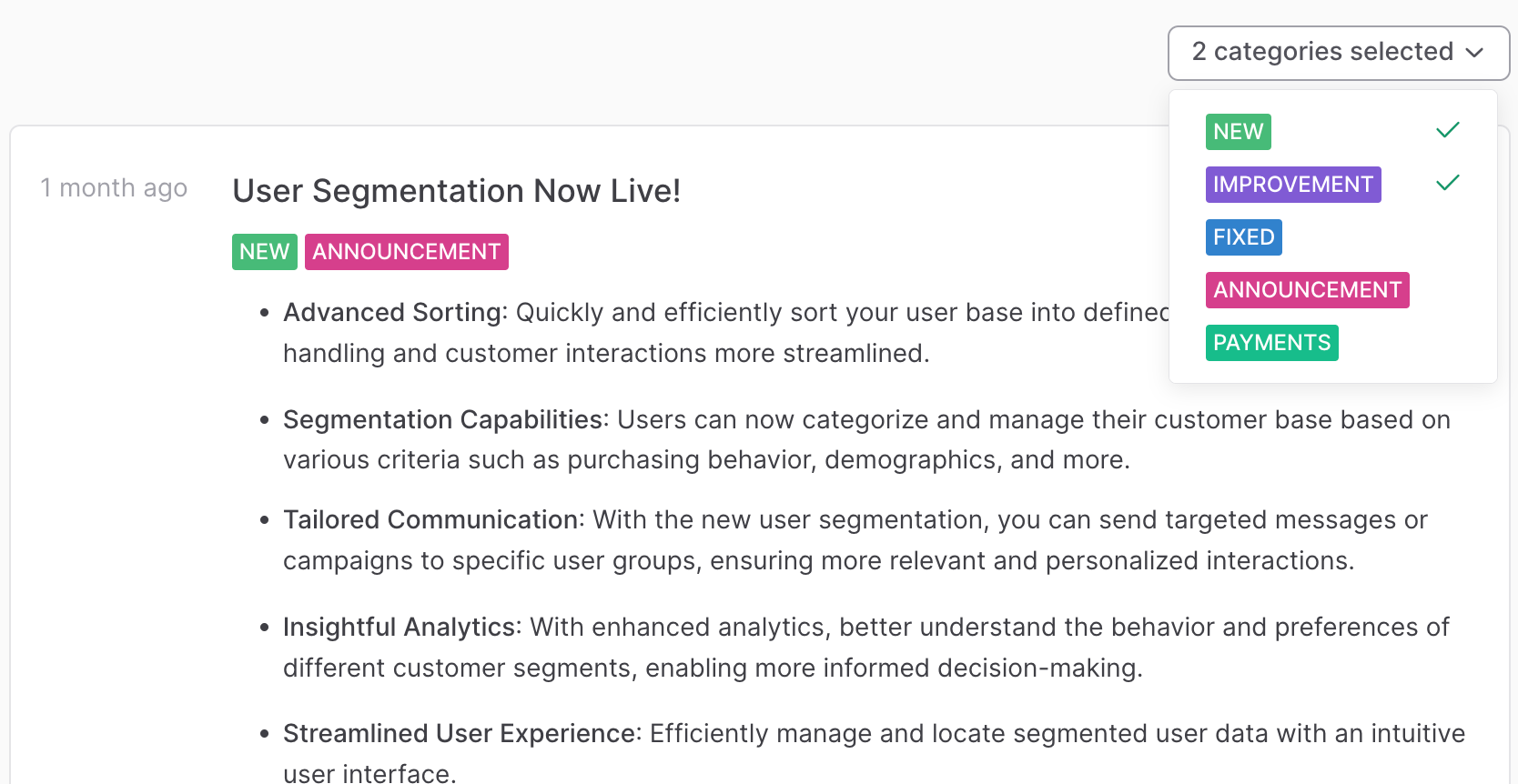
89% of consumers read replies to negative feedback and reviews — a confirmation regarding resolution from the customer who posted the negative review ensures prospects that you value your customers.
8. Embrace negative reviews
Negative reviews are the best way to understand what your customers want. A positive approach to handling negative reviews is critical for reputation management and customer satisfaction.
Negative feedback may seem intimidating, but it adds tremendous value to your product over the long term, even during product development.
The key is encouraging feedback and proactively responding to it to improve your product or service.
You need to manage customer feedback, especially if you’re receiving feedback in large volume, and ensure everyone’s problems are resolved. Use feedback portals and community feedback forums provided by Rapidr to collect and manage feedback from multiple sources on a single feedback portal.
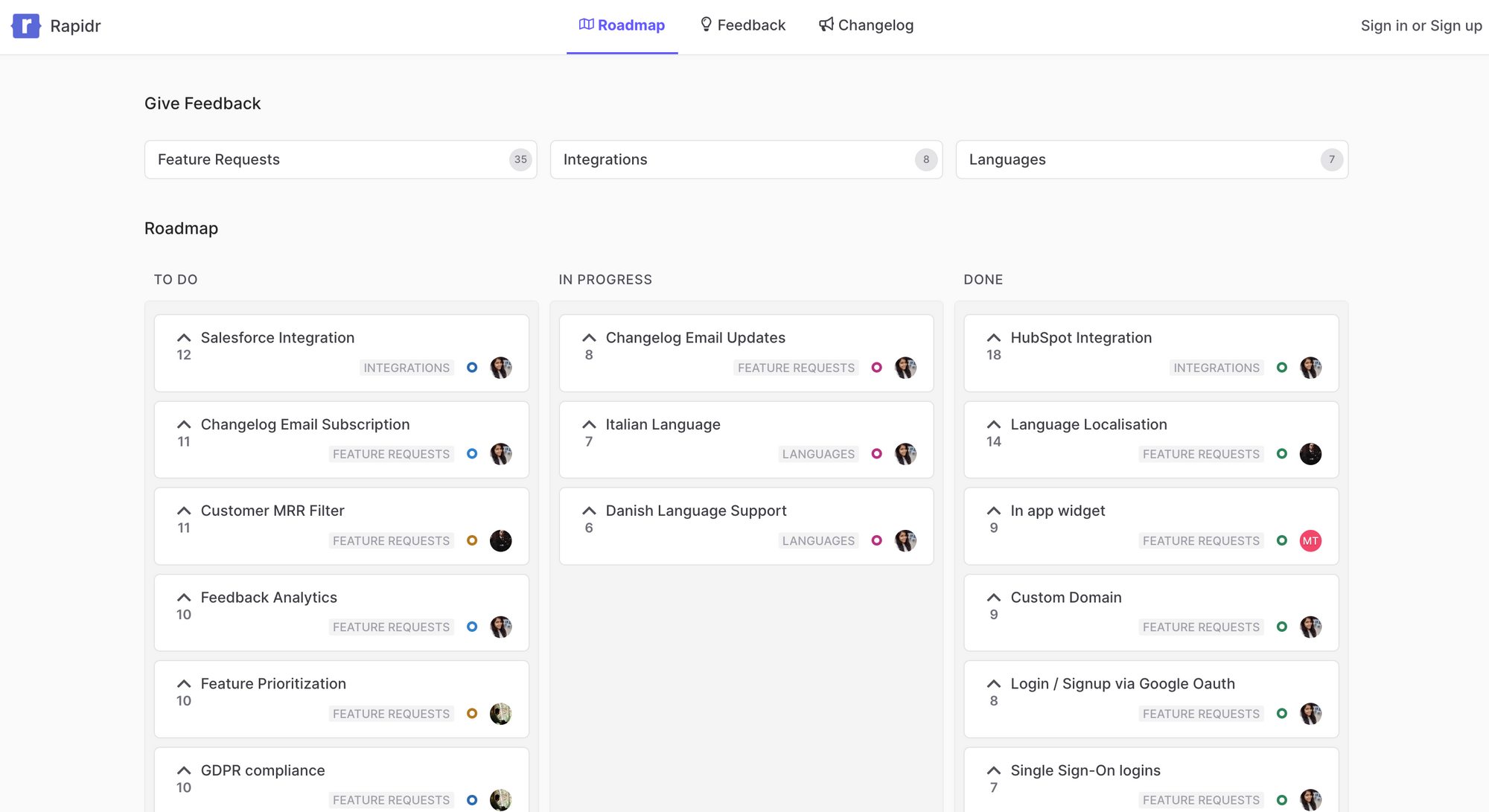
Examples of responses to bad reviews and negative customer feedback
Here are examples of responses to negative reviews or bad feedback and how they might turn the situation into a more positive experience for both the customer and the company:
1. Product Defect or Issue
Customer's Complaint: "The product broke after a week of use. Very disappointing!"
Possible Response: "Dear [Customer's Name], we are very sorry to hear about your experience. We understand how frustrating it is to have a product not meet expectations. We want to investigate this issue further and replace the defective product for you. Our customer service team will contact you directly for more details. Thank you for bringing this to our attention."
2. Bad Service Experience:
Customer's Complaint: "The staff was unfriendly and didn't care about my concerns."
Possible Response:
"Dear [Customer's Name],
thank you for sharing your experience with us. We sincerely apologize for the way you were treated. We always aim to provide excellent customer service, and it seems we fell short. We will provide additional training to our team to ensure this doesn't happen again. In the meantime, we would love the opportunity to make things right – our customer care team will contact you to discuss this further."
3. Late Delivery:
Customer's Complaint: "I received my order two weeks late. This is unacceptable."
Possible Response:
"Hi [Customer's Name],
we deeply apologize for the delay in your order. We understand how important it is to receive your orders on time. We are working to resolve the issue with our delivery partner and assure you this is not the standard we aim to deliver. We want to offer you free shipping on your next order to compensate for the inconvenience. Our customer service team will be in touch with more details."
4. Poor Quality of Food at a Restaurant:
Customer's Complaint: "The food was cold and tasted bland. I expected better."
Possible Response:
"Dear [Customer's Name],
we apologize for your experience. Providing high-quality food is one of our top priorities, and we missed the mark during your visit. We would love to invite you back for a complimentary meal so we can show you the quality we strive for. Our manager will reach out to you directly to arrange this. Thank you for your feedback."
5. Bad Hotel Experience:
Customer's Complaint: "The room was not clean, and the noise from the street was unbearable."
Possible Response:
"Hello [Customer's Name],
thank you for sharing your experience. We sincerely apologize for the state of the room and the noise issue during your stay. We're taking immediate action to address these concerns and will re-evaluate our room inspection process to prevent this. We want to offer you a free room upgrade on your next stay so we can provide a more comfortable experience. Our guest relations team will contact you directly with more information."
5. Issue with an Online Course:
Customer's Complaint: "The content is disorganized, and the lessons are hard to follow."
Possible Response:
"Hi [Customer's Name],
we appreciate your honest feedback. We aim to provide clear, valuable content, and we apologize if the course did not meet your expectations. Based on your feedback, we'll reevaluate the structure of our lessons to make them more coherent and easy to follow. In the meantime, we'd like to offer you access to another course of your choice for free, hoping it will better suit your learning style. Our customer care representative will reach out to you for further details."
The key elements of a good response are acknowledging the issue, apologizing sincerely, and outlining the steps you'll take to resolve the problem, all while maintaining a respectful and empathetic tone. The primary objective is to express empathy, take responsibility for the dissatisfaction, propose a resolution, and ensure the customer that their feedback is being used to improve the business.
Managing Negative Customer Feedback is Mission-Critical
Negative feedback is an opportunity to improve, and responding professionally and effectively can help turn a negative experience into a positive one for the customer.
Managing negative customer feedback and bad reviews can be taxing for product managers and lead to errors. You might forget to respond to feedback or lose track of each feedback status and progress. That’s why you need a feedback tool like Rapidr.
Rapidr provides real-time visibility of customer feedback data. All the information you need to address negative customer feedback and provide solutions is easily accessible in one place. Sign up and try Rapidr to improve your customer feedback management process.

